
((Xiphos. Finds from southern Italy. 8th-6th centuries BC.)
The Greek Xiphos Sword: Leaf-Bladed Legacy of the Ancient World
In the annals of ancient warfare, few weapons stand out as boldly as the Greek Xiphos. Compact, deadly, and artfully forged, the Xiphos was a symbol of Greek martial excellence and personal valor. While overshadowed in length by the spear and in drama by the kopis or falcata, the Xiphos was the quiet cornerstone of every Hoplite’s arsenal—a weapon designed for victory in close-quarters battle.
Historical Roots of the Xiphos
The origins of the Xiphos can be traced back to the Archaic and Classical periods of Ancient Greece, with evidence of its use as early as the 8th century BCE. Initially crafted from bronze and later from iron, the Xiphos evolved alongside Greek warfare, eventually becoming the trusted sidearm of the Hoplite, Greece’s heavily armed infantryman.
The word “Xiphos” itself is ancient Greek for “sword,” but this particular type came to be identified by its iconic leaf-shaped blade—broad at the center, narrowing toward the point and hilt, offering both lethal thrusting and slashing capabilities. The average blade measured around 20–24 inches (50–60 cm), making it ideal for one-handed use alongside a shield.
Role in Hoplite Warfare
In the heart of a Hoplite phalanx formation, the Xiphos played a vital supporting role. Hoplites primarily fought with long spears (dory), but once lines broke or combat shifted to tighter, chaotic quarters, the Xiphos came into play.
Its short length and curved geometry made it the perfect weapon for thrusting into gaps between shields or slashing at exposed limbs. In the din of battle, where maneuverability was limited, this compact sword gave the Hoplite a strategic advantage—light, responsive, and precise.
The blade’s symmetrical leaf shape wasn’t just aesthetic—it concentrated weight toward the cutting edge and tip, allowing for devastating penetration without sacrificing balance.
Design Features: Form Meets Function
The Xiphos is a masterclass in ancient weapon design, characterized by:
-
Leaf-shaped, double-edged blade for effective slashing and stabbing
-
Full tang construction for maximum strength and durability
-
Single-handed grip, often wrapped in leather or natural materials for better hold
-
Minimal crosguard, keeping the sword compact and easy to maneuver
-
Blade length: 20–24 inches
-
Handle length: 4–6 inches
-
Weight: Lightweight, usually under 2 lbs (approx. 900 g), allowing fast draw and fluid strikes
Its simplicity and balance made it a versatile companion in both battlefield conditions and duels.
The Spartan Connection: Sword of Discipline and Honor
Perhaps the most famous users of the Xiphos were the Spartans, whose version of the sword was often shorter than standard—sometimes as little as 12–14 inches in blade length. This wasn’t due to lack of resources but tactical choice. In the crushing grip of the Spartan phalanx, a shorter blade was easier to wield with lethal efficiency.
For Spartans, the Xiphos was more than a weapon—it was a symbol of their warrior ethos. Trained from childhood in the art of war, Spartans were taught to strike swiftly, decisively, and without wasted movement. The compact, unforgiving nature of the Xiphos reflected this doctrine.
Mythology and Symbolism
Beyond its battlefield application, the Xiphos held a symbolic place in Greek culture. Warriors were often buried with their Xiphos, indicating that the sword accompanied them not just through life but into the afterlife—a tool for battle and honor even in death.
It also found its way into Greek mythology. Heroes and demigods were often depicted with short, leaf-shaped swords in ancient art, reinforcing the Xiphos as a heroic weapon—not just one of soldiers, but of legends.
Forging the Xiphos: A Timeless Craft
At Everest Forge, we believe weapons like the Xiphos deserve more than replication—they deserve resurrection. Using traditional forging techniques passed down through generations of blacksmiths in Nepal, we handcraft functional blades that mirror the elegance and efficiency of the ancient original.
Each Xiphos we forge is:
-
Individually hand-forged from high-carbon steel
-
Heat-treated and tempered for a strong edge and flexible spine
-
Crafted with a full tang blade and durable hardwood or bone handle
-
Designed to be functional, battle-ready, and historically faithful
Our process respects the spirit of ancient Greek bladesmiths while applying the expertise of Nepal’s master forgers—creating a piece that is as authentic in feel as it is stunning in form.
The Xiphos Today: Why It Still Matters
The legacy of the Xiphos endures not just in museums and academic studies, but in the hands of modern enthusiasts who appreciate its historic value, compact design, and effectiveness.
Whether you're a:
-
Collector of historical arms
-
Martial artist exploring classical weapon techniques
-
Cosplayer or reenactor seeking authenticity
-
Forging enthusiast interested in blade design evolution
— the Xiphos offers a unique blend of function, tradition, and story.
In a time where mass production dominates the blade market, owning a hand-forged Xiphos connects you directly to the past—to warriors who fought in bronze-clad phalanxes, to craftsmen who labored over coal and anvil, and to a time when every blade was a testament to purpose and pride.
Conclusion: Honoring the Blade, Forging the Future
The Greek Xiphos sword is more than an ancient artifact—it’s a lasting legacy of warrior discipline, strategic design, and artisanal mastery. At Everest Forge, we’re proud to bring this blade back to life through our traditional forging process, blending ancient European design with Himalayan craftsmanship.
Each hand-forged Xiphos we create is a salute to the warriors of the past—and a blade worthy of the present.




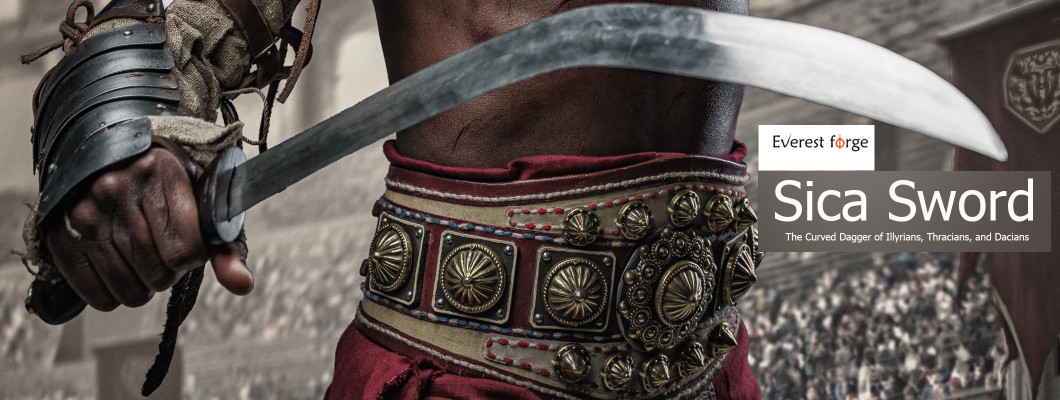

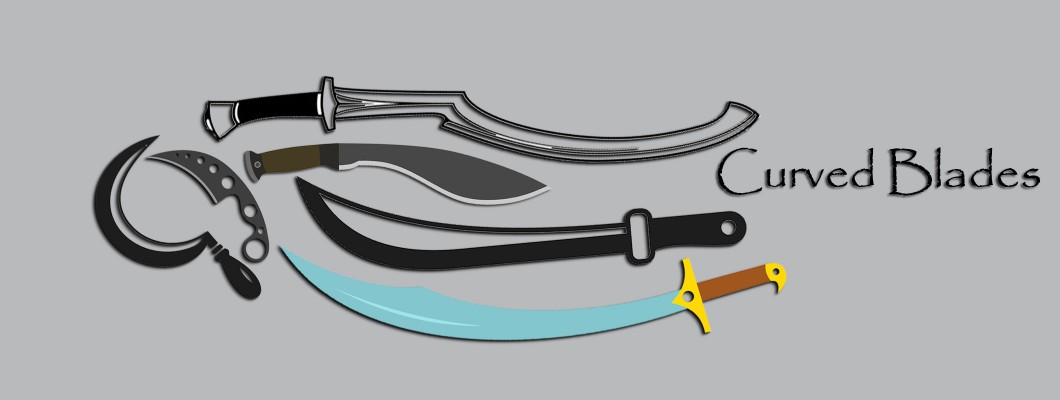
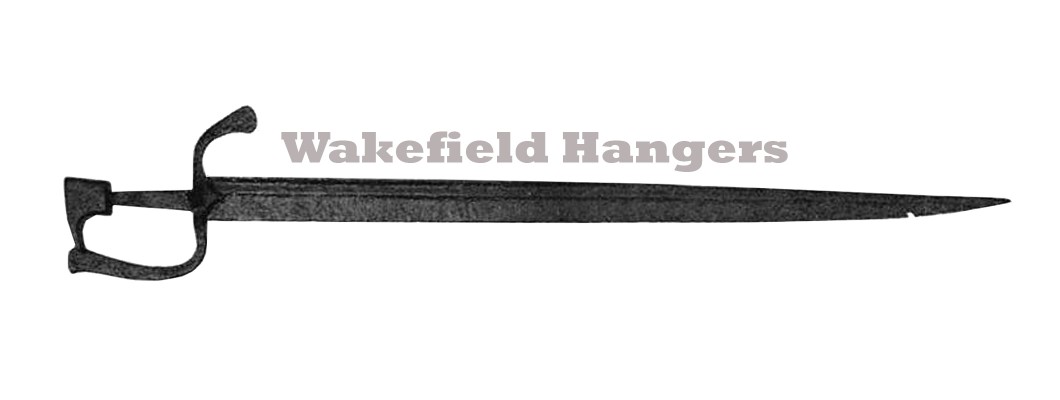
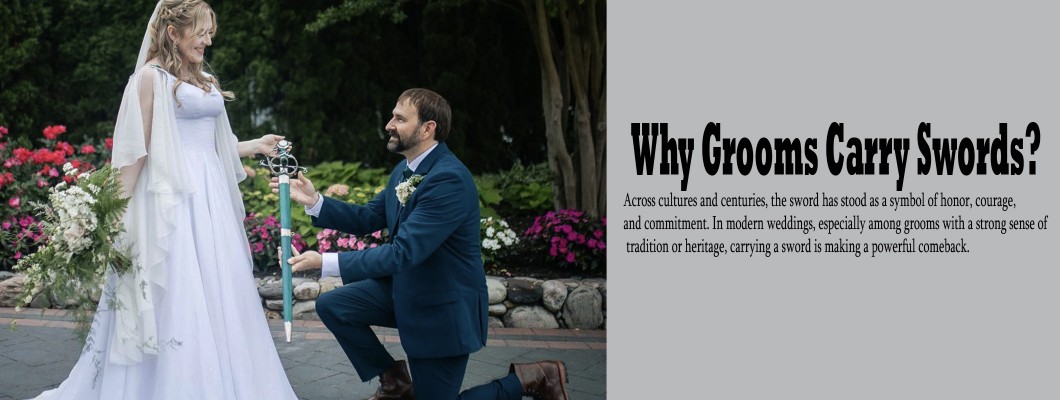
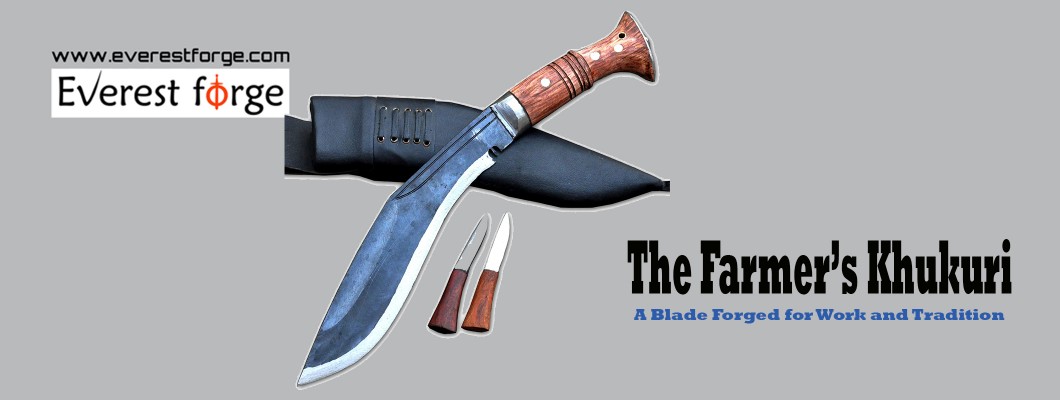


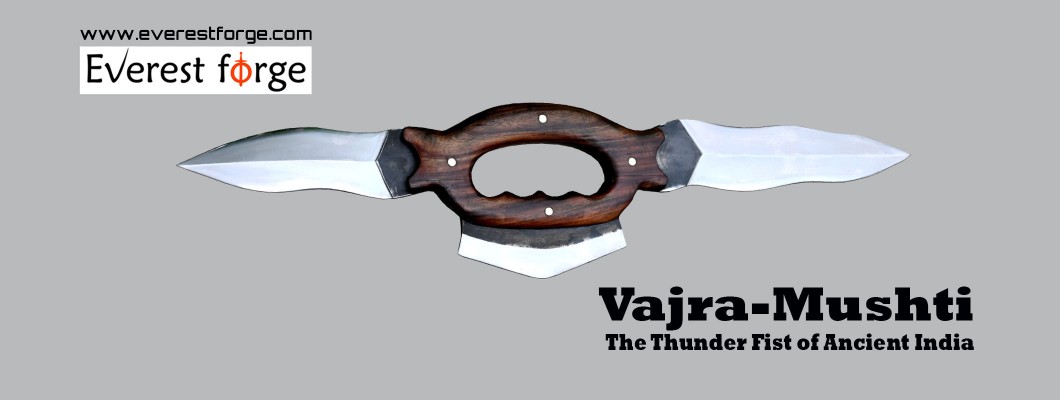
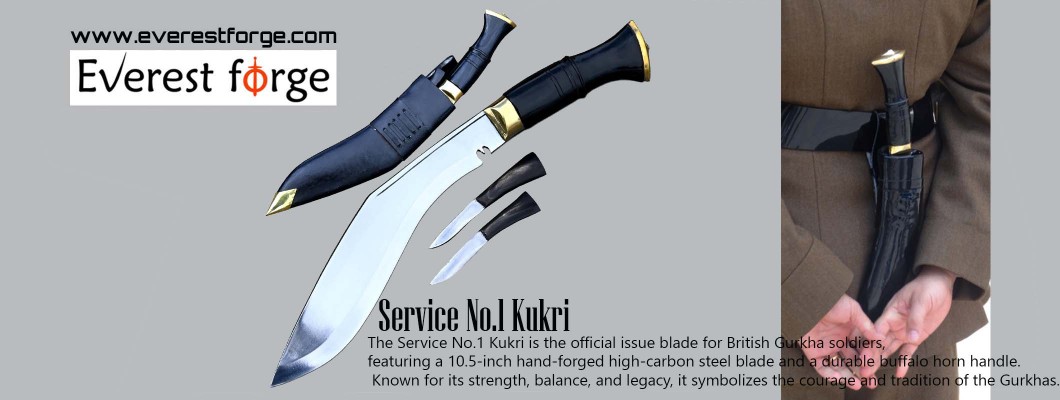

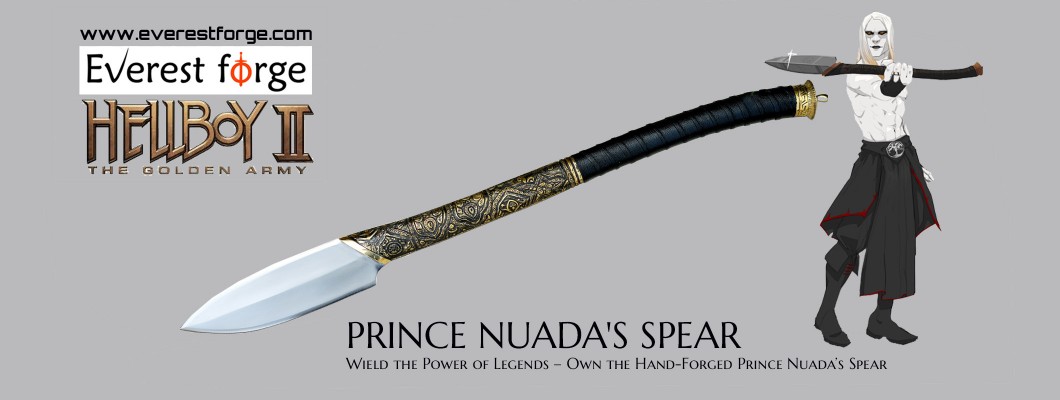

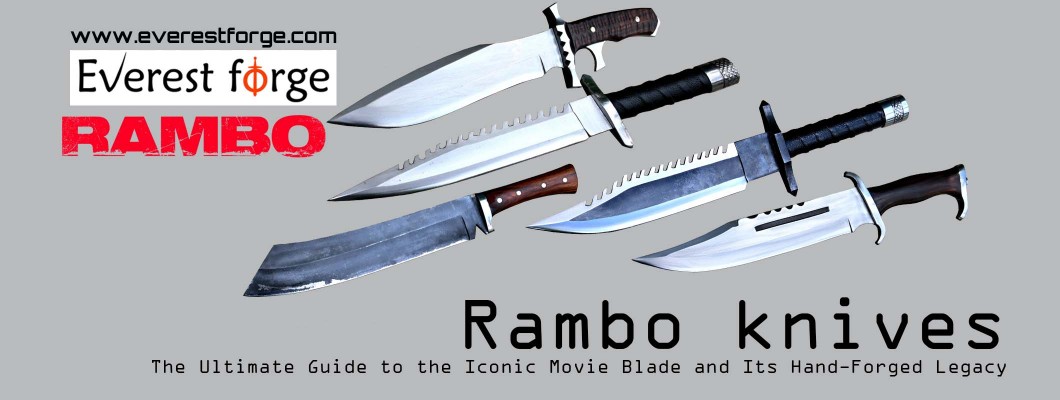




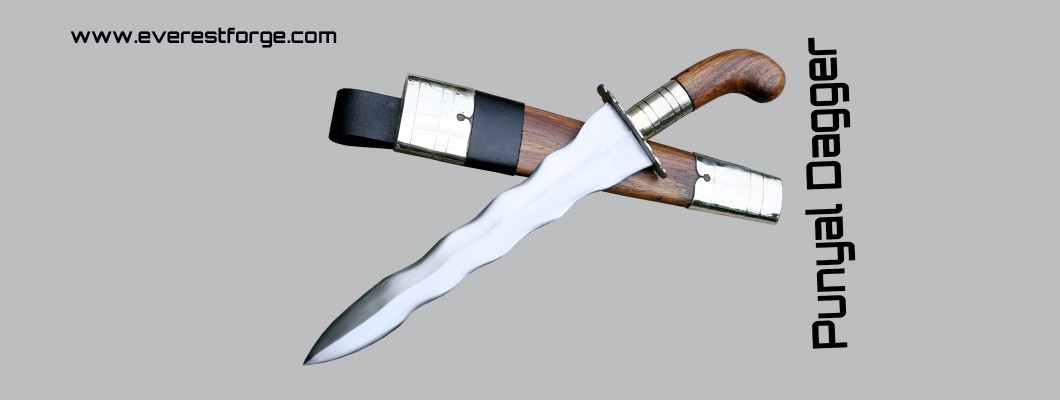
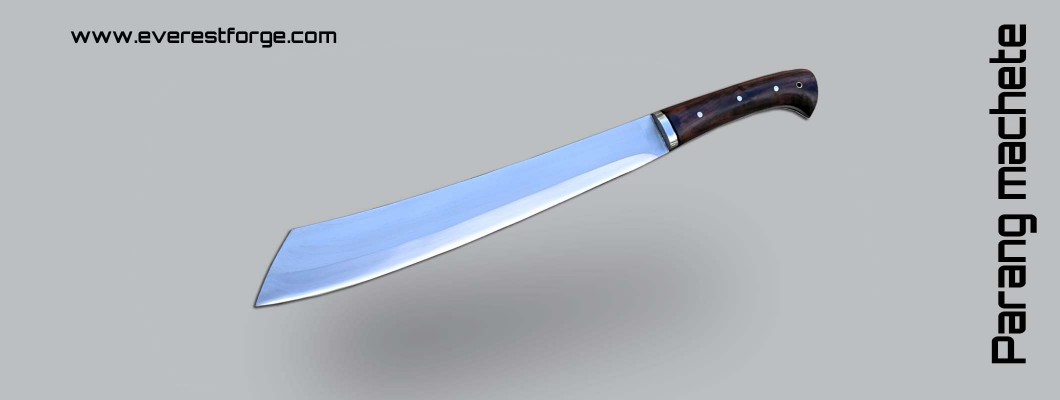
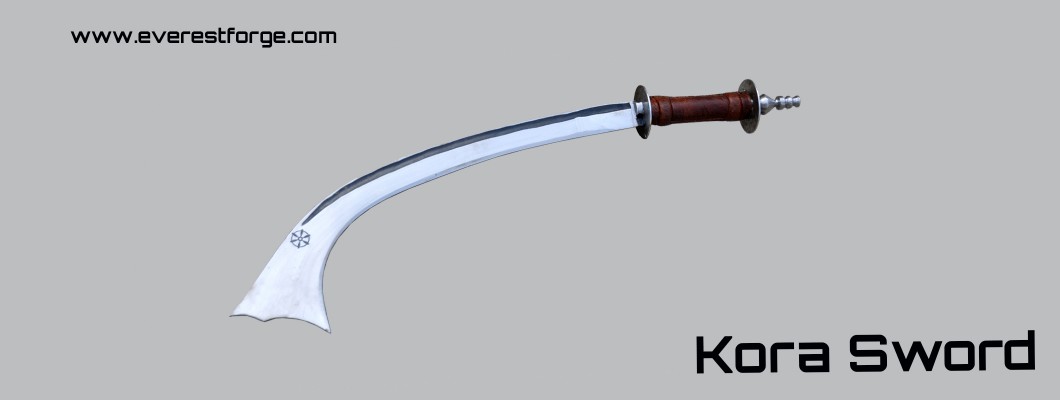
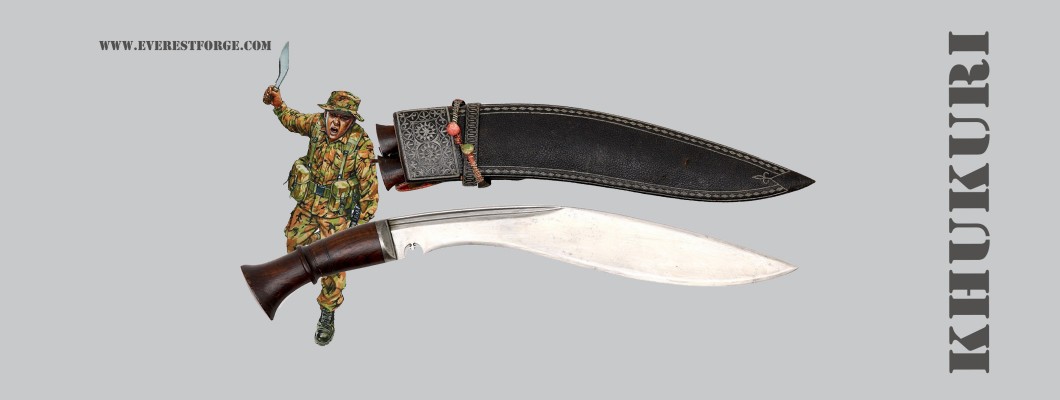
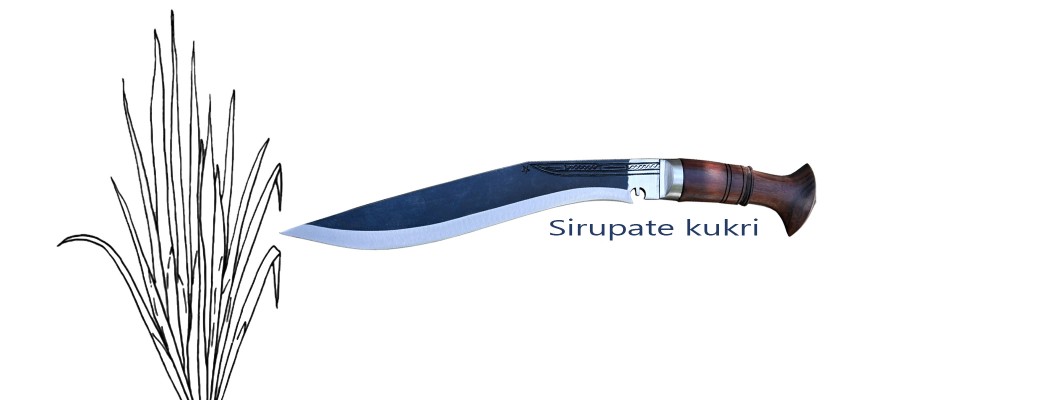
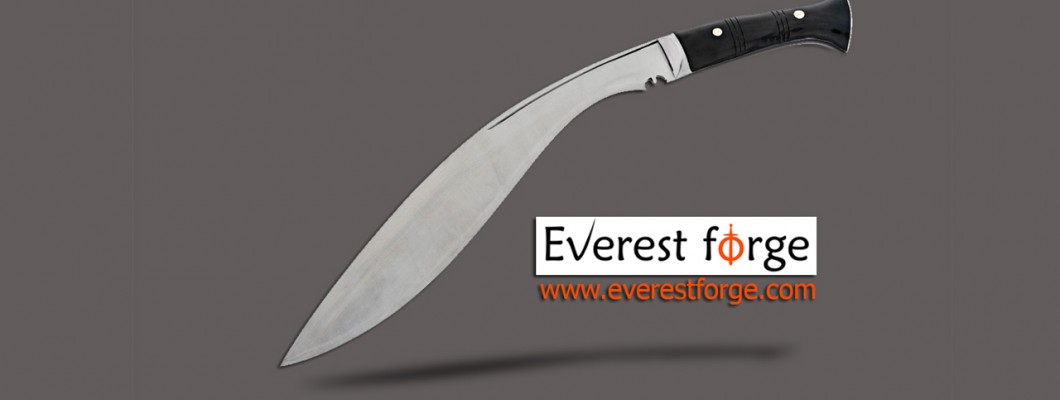
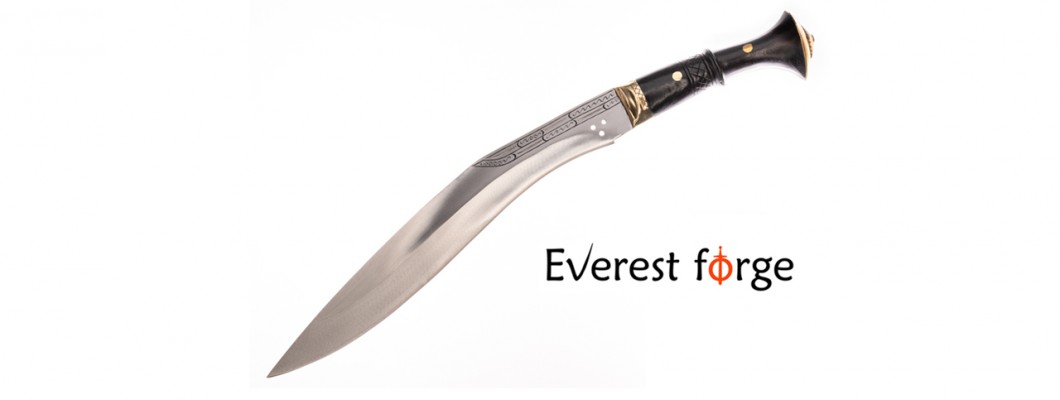
Leave a Comment